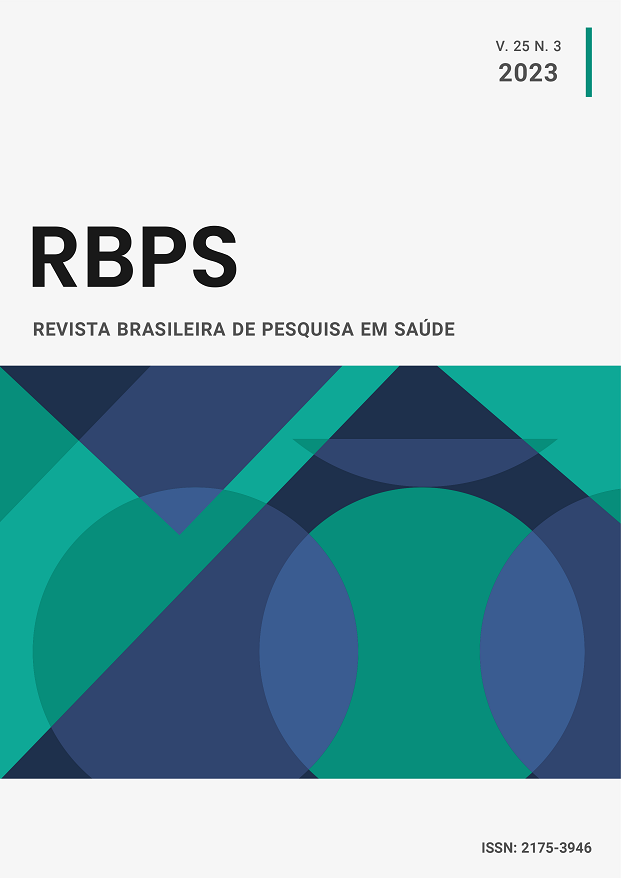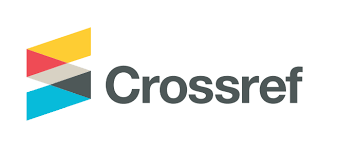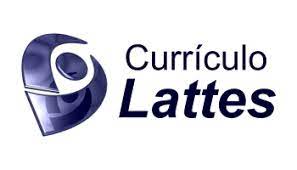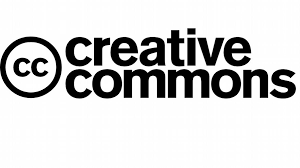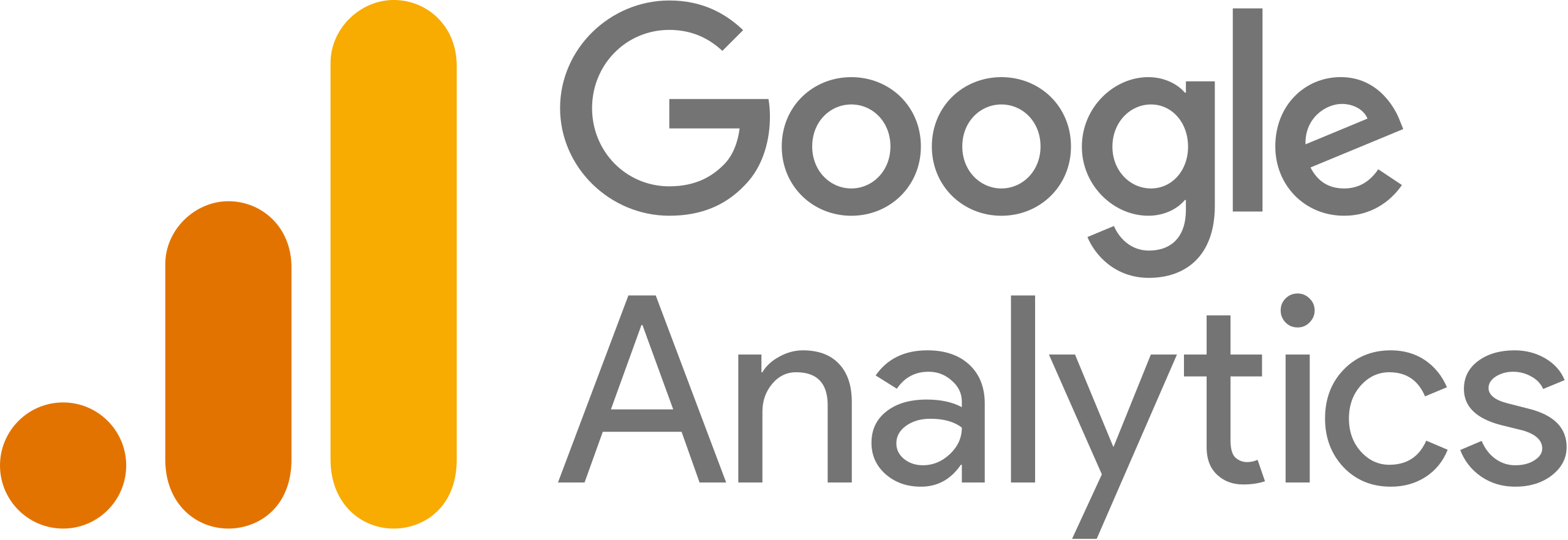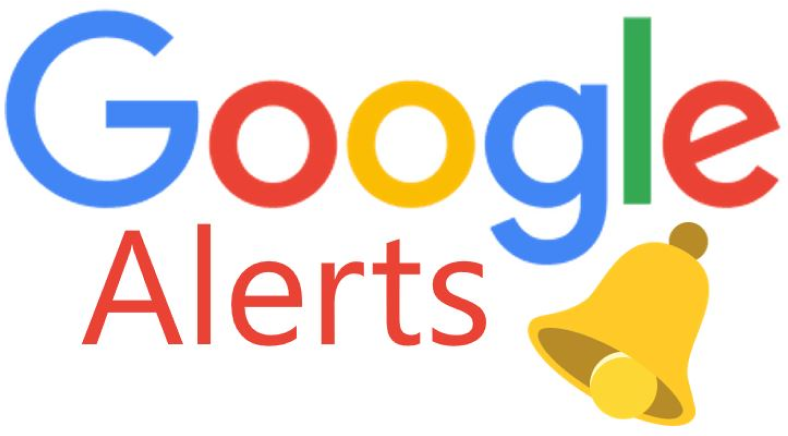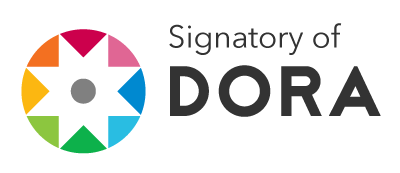Non-pharmacological strategies used in the management of anxiety in adolescents
DOI:
https://doi.org/10.47456/rbps.v25i3.40573Keywords:
Anxiety, Non-pharmacological management, AdolescenceAbstract
Introduction: Anxiety is a feeling that acts as a warning signal to the individual and when it generates feelings disproportionate to a situation it becomes a pathological anxiety. Anxiety in adolescence is very common, because it is a transition phase for individuals, in which they go through many feelings of frustration, worry, fear, and anguish. Thus, when anxiety is pathological, treatment to control it is indicated, which can be pharmacological treatment associated with non-pharmacological treatment. Among these, psychotherapies stand out, such as Cognitive-Behavioral Therapy (CBT), physical activity practice, and Mindfulness. Objective: Thus, the aim of this study is to expose the non-pharmacological interventions used to manage anxiety in adolescents. Methods: To this end, a literature review was conducted with searches in the following databases: Virtual Health Library - VHL, Scientific Electronic Library Online - SciELO, and PubMed, using the following descriptors: Complementary Therapies, Anxiety, and Adolescent. 417 publications were found, and 15 articles were selected using the exclusion and inclusion criteria. Results: According to the results, Mindfulness was the most applied intervention, followed by Yoga, Relaxation and Cognitive-Behavioral Therapy (CBT). Conclusion: Thus, a decrease in anxiety levels in adolescents was evidenced after the use of these non-pharmacological strategies.
Downloads
References
Sadock BJ, Sadock VA, Ruiz P. Compêndio de Psiquiatria. 11ed. Porto Alegre: Artmed; 2017.
Lenhardtk G, Calvetti PÜ. Quando a ansiedade vira doença?: Como tratar transtornos ansiosos sob a perspectiva cogntivo-comportamental. Aletheia. 2017 Dec 1; 50(1-2):111–22.
Manual Diagnóstico e Estatístico de Transtornos Mentais (DSM-5). American Psychiatric Association. Porto Alegre: Artmed; 2014.
Grolli V, Wagner MF, Dalbosco SNP. Sintomas Depressivos e de Ansiedade em Adolescentes do Ensino Médio. Revista de Psicologia da IMED. 2017 Nov 14; 9(1):87.
Oliveira TA de, Oliveira AA. A percepção da ansiedade pelos adolescentes. Anais do Seminário Científico do UNIFACIG [Internet]. 2020 [cited 2023 Dec 15]; (6). Available from: https://pensaracademico.unifacig.edu.br/index.php/semiariocientifico/article/view/2231/1853.
Taboga A, Junior R. Influência de redes sociais na saúde mental e autoimagem de adolescentes. Revista de Psicologia, Educação e Cultura [Internet]. 2021 May 31 [cited 2023 Dec 15]; XXV(1):20-30. Available from: https://comum.rcaap.pt/handle/10400.26/36684
Oliveira ACC de. Impacto da prática de mindfulness na intensidade dos sintomas de ansiedade. Repositório Ânima Educação [Internet]. 2020 [cited 2023 Dec 15]. Available from: https://repositorio.animaeducacao.com.br/handle/ANIMA/10475
Moura IM, Rocha VHC, Bergamini GB, Samuelsson E, Joner C, Schneider LF, et al. A terapia cognitivo-comportamental no tratamento do transtorno de ansiedade generalizada. Revista Científica da Faculdade de Educação e Meio Ambiente [Internet]. 2018 Apr 13 [cited 2023 Dec 15];9(1):423–41. Available from: http://www.faema.edu.br/revistas/index.php/Revista-FAEMA/article/view/557
Muller AK de O. Relação da ansiedade com o exercício físico: uma revisão analítica. Repositório UNESP BR [Internet]. 2022 Jan 12 [cited 2023 Dec 15]. Available from: https://repositorio.unesp.br/handle/11449/216451
Souza YVL. A importância do exercício físico aeróbio no controle da ansiedade. Pucgoiasedubr [Internet]. 2020 [cited 2023 Dec 15]. Available from: https://repositorio.pucgoias.edu.br/jspui/handle/123456789/435.
Stephens I. Case report: The use of medical yoga for adolescent mental health. Complementary Therapies in Medicine. 2019 Apr;43:60–5.
Lipp A, Cohen Kadosh K. Training the anxious brain: using fMRI‐based neurofeedback to change brain activity in adolescence. Developmental Medicine & Child Neurology. 2020 Jul 7; 62(11):1239-44.
James-Palmer A, Anderson EZ, Zucker L, Kofman Y, Daneault JF. Yoga as an Intervention for the Reduction of Symptoms of Anxiety and Depression in Children and Adolescents: A Systematic Review. Frontiers in Pediatrics. 2020 Mar 13; 8.
Blum H, Rutt C, Nash C, Joyce V, Buonopane R. Mindfulness Meditation and Anxiety in Adolescents on an Inpatient Psychiatric Unit. Journal of health care chaplaincy [Internet]. 2019 [cited 2023 Dec 15]; 1-19. Available from: https://www.ncbi.nlm.nih.gov/pubmed/31021310.
Sherlee JI, David A. Effectiveness of yogic visual concentration (Trataka) on cognitive performance and anxiety among adolescents. Journal of Complementary and Integrative Medicine. 2020 May 16; 0(0).
Scheufler A, Wallace DP, Fox E. Comparing Three Music Therapy Interventions for Anxiety and Relaxation in Youth With Amplified Pain. Journal of Music Therapy. 2020 Nov 30;
Vizeu MT, Ferraz TCP. Mindfulness e sua contribuição para a clínica da ansiedade. Cadernos de Psicologia [Internet]. 2019 Aug 20 [cited 2023 Dec 15]; 1(1). Available from: https://seer.uniacademia.edu.br/index.php/cadernospsicologia/article/view/1983
White LK, Sequeira S, Britton JC, Brotman MA, Gold AL, Berman E, et al. Complementary Features of Attention Bias Modification Therapy and Cognitive-Behavioral Therapy in Pediatric Anxiety Disorders. American Journal of Psychiatry. 2017 Aug; 174(8):775-84.
Leigh E, Chiu K, Clark DM. The effects of modifying mental imagery in adolescent social anxiety. Fernandez KC, editor. PLOS ONE. 2020 Apr 6; 15(4):e0230826.
López-González L, Amutio A, Oriol X, Gázquez JJ, Pérez-Fuentes MC, Molero MM. Development and validation of the Relaxation-Mindfulness Scale for Adolescents (EREMIND-A). Psicothema [Internet]. 2018 May 1 [cited 2023 Dec 15]; 30(2):224–31. Available from: https://pubmed.ncbi.nlm.nih.gov/29694326/
Egenti NT, Ede MO, Nwokenna EN, Oforka T, Nwokeoma BN, Mezieobi DI, et al. Randomized controlled evaluation of the effect of music therapy with cognitive-behavioral therapy on social anxiety symptoms. Medicine. 2019 Aug; 98(32):e16495.
Brunton L, Lazo J. Goodman & Gilman: as bases farmacológicas da terapêutica. São Paulo: Grupo A - AMGH; 2019.
Ghita A, Tooley E, Lawrence PJ. Intrusive imagery in anxiety disorders in adolescents. Behavioural and Cognitive Psychotherapy [Internet]. 2021 [cited 2023 Dec 15]; 49(5):556-568. Available from: https://www.cambridge.org/core/journals/behavioural-and-cognitive-psychotherapy/article/abs/intrusive-imagery-in-anxiety-disorders-in-adolescents/F838F8BAE4301A381BB5B21D6016CC44.
Hayes D, Moore A, Stapley E, Humphrey N, Mansfield R, Santos J, et al. Promoting mental health and wellbeing in schools: examining Mindfulness, Relaxation and Strategies for Safety and Wellbeing in English primary and secondary schools: study protocol for a multi-school, cluster randomised controlled trial (INSPIRE). Trials [Internet]. 2019 Nov 21 [cited 2023 Dec 15]; 20(1). Available from: https://trialsjournal.biomedcentral.com/articles/10.1186/s13063-019-3762-0.
Leung B, Takeda W, Holec V. Pilot study of acupuncture to treat anxiety in children and adolescents. Journal of Paediatrics and Child Health. 2018 Apr 6; 54(8):881-8.
Lin J, Chadi N, Shrier L. Mindfulness-based interventions for adolescent health. Current Opinion in Pediatrics. 2019 Aug; 31(4):469-75.
Rodrigues JM, Matos LC, Francisco N, Dias A, Azevedo J, Machado J. Assessment of Qigong Effects on Anxiety of High-school Students: A Randomized Controlled Trial. Advances in Mind-Body Medicine [Internet]. 2021 [cited 2023 Dec 15]; 35(3):10–9. Available from: https://pubmed.ncbi.nlm.nih.gov/34237025/.
Downloads
Published
Issue
Section
License
Copyright (c) 2023 Brazilian Journal of Health Research

This work is licensed under a Creative Commons Attribution-NonCommercial-NoDerivatives 4.0 International License.
Authors and reviewers must disclose any financial, professional, or personal conflicts of interest that could influence the results or interpretations of the work. This information will be treated confidentially and disclosed only as necessary to ensure transparency and impartiality in the publication process.
Copyright
RBPS adheres to the CC-BY-NC 4.0 license, meaning authors retain copyright of their work submitted to the journal.
- Originality Declaration: Authors must declare that their submission is original, has not been previously published, and is not under review elsewhere.
- Publication Rights: Upon submission, authors grant RBPS the exclusive right of first publication, subject to peer review.
- Additional Agreements: Authors may enter into non-exclusive agreements for the distribution of the RBPS-published version (e.g., in institutional repositories or as book chapters), provided the original authorship and publication by RBPS are acknowledged.
Authors are encouraged to share their work online (e.g., institutional repositories or personal websites) after initial publication in RBPS, with appropriate citation of authorship and original publication.
Under the CC-BY-NC 4.0 license, readers have the rights to:
- Share: Copy and redistribute the material in any medium or format.
- Adapt: Remix, transform, and build upon the material.
These rights cannot be revoked, provided the following terms are met:
- Attribution: Proper credit must be given, a link to the license provided, and any changes clearly indicated.
- Non-Commercial: The material cannot be used for commercial purposes.
- No Additional Restrictions: No legal or technological measures may be applied to restrict others from doing anything the license permits.

